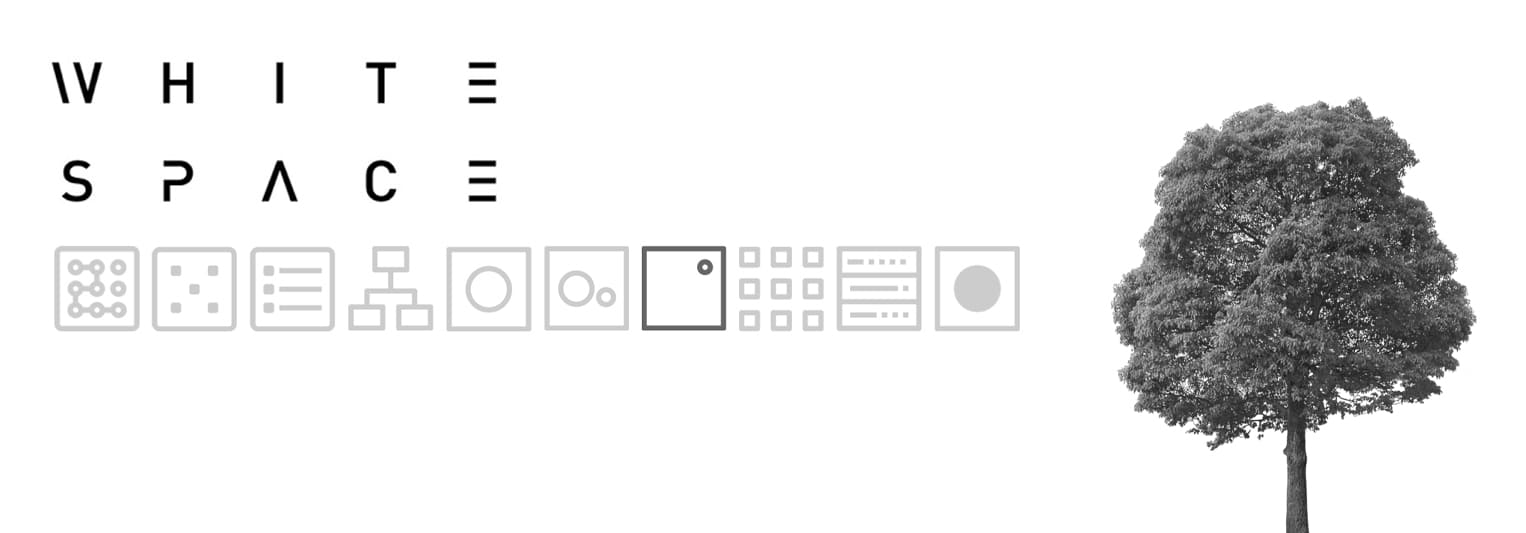Introduction: In the world of web design, aesthetics play a crucial role in capturing users’ attention and creating memorable experiences. While various design elements contribute to the overall visual appeal of a website, colors hold a significant position in influencing user emotions and behavior. This article explores the concept of color psychology in web design and how it can be leveraged to create emotional connections with users.
Understanding Color Psychology: Color psychology is the study of how different colors impact human emotions, perceptions, and behaviors. Colors have the power to evoke specific feelings, trigger memories, and influence decision-making. By incorporating the right colors into web design, designers can enhance user engagement, create a cohesive brand identity, and establish a strong emotional connection with the target audience.
Creating Emotional Connections:
- Red: Red is a bold and attention-grabbing color that often symbolizes passion, energy, and urgency. It can be used strategically to create a sense of excitement and encourage action. E-commerce websites, for instance, often utilize red for call-to-action buttons to drive conversions.
- Blue: Blue is associated with trust, security, and reliability. It is a calming color that instills a sense of stability and professionalism. Many financial and corporate websites use shades of blue to establish credibility and foster a sense of trustworthiness.
- Green: Green represents nature, growth, and harmony. It is often associated with health, eco-friendliness, and relaxation. Websites related to wellness, sustainable living, or outdoor activities can incorporate green tones to evoke a sense of tranquility and well-being.
- Yellow: Yellow is a vibrant and cheerful color that evokes feelings of optimism and happiness. It can be used to draw attention, stimulate creativity, and create a sense of warmth. Websites aiming to convey a positive and energetic vibe can incorporate yellow strategically.
- Purple: Purple is often associated with luxury, creativity, and spirituality. It can be used to create a sense of elegance, sophistication, and uniqueness. Websites related to high-end products or artistic endeavors can leverage shades of purple to establish a sense of exclusivity.
- Orange: Orange is a warm and energetic color that combines the vibrancy of red and the cheerfulness of yellow. It signifies enthusiasm, vitality, and friendliness. Websites targeting a youthful audience or those promoting social interactions can effectively use orange to create a sense of excitement.
- Black and White: Black and white, while technically not colors, hold significant meaning in web design. Black is associated with elegance, power, and sophistication, while white signifies simplicity, purity, and clarity. The combination of black and white can create a sleek and modern aesthetic, often used by minimalist and high-end brands.
Conclusion: Color psychology is a powerful tool in web design, allowing designers to tap into users’ emotions and create impactful experiences. By understanding the psychological associations of different colors, designers can strategically choose the right palette to evoke specific feelings and establish a strong emotional connection with the audience. When used effectively, colors can enhance brand recognition, increase user engagement, and ultimately drive desired actions. Harnessing the power of color psychology in web design is a valuable strategy for creating memorable and emotionally resonant digital experiences.












